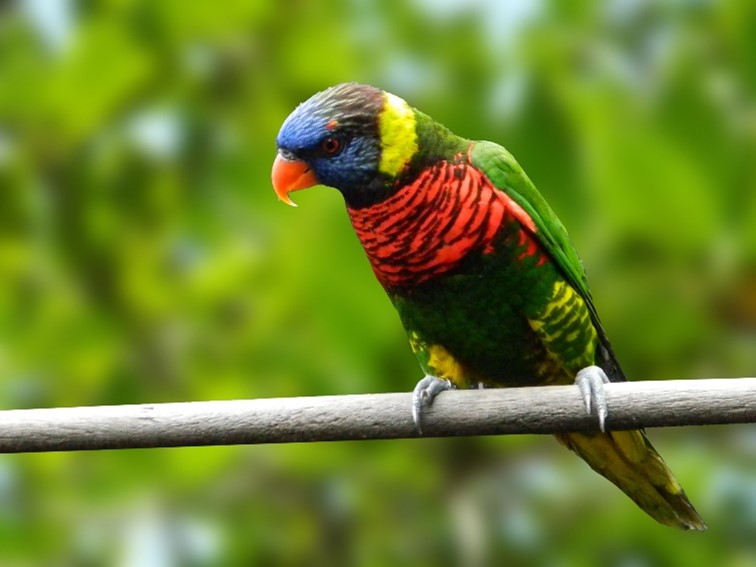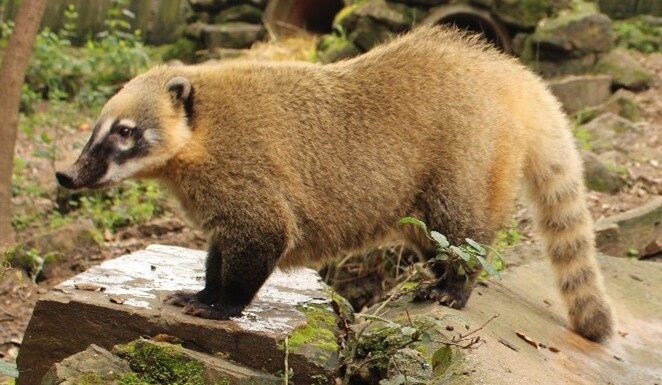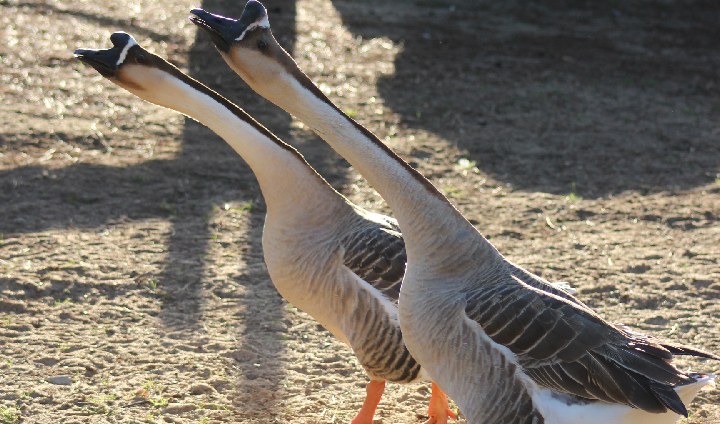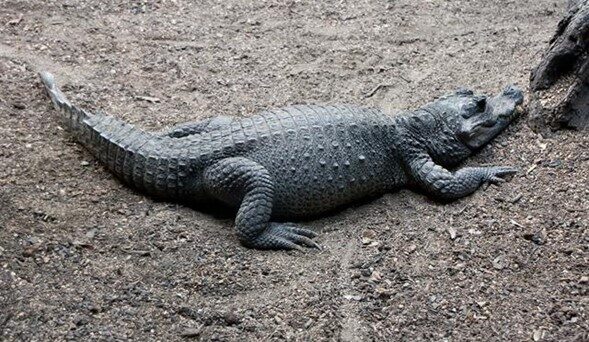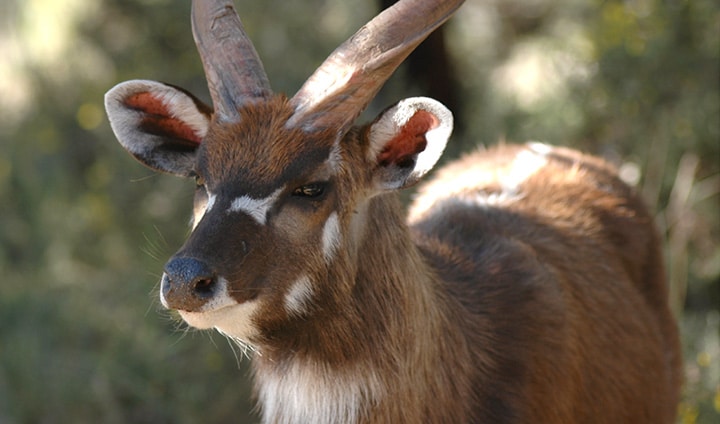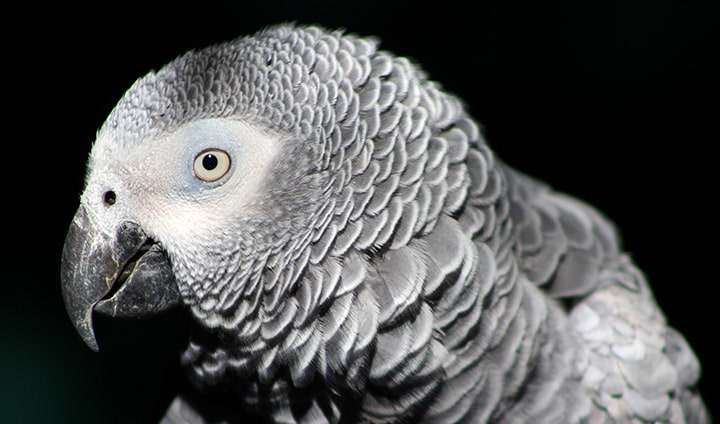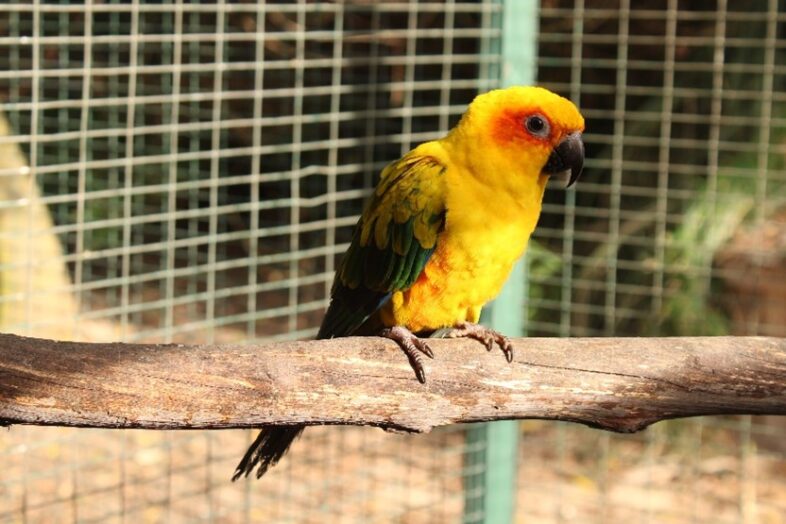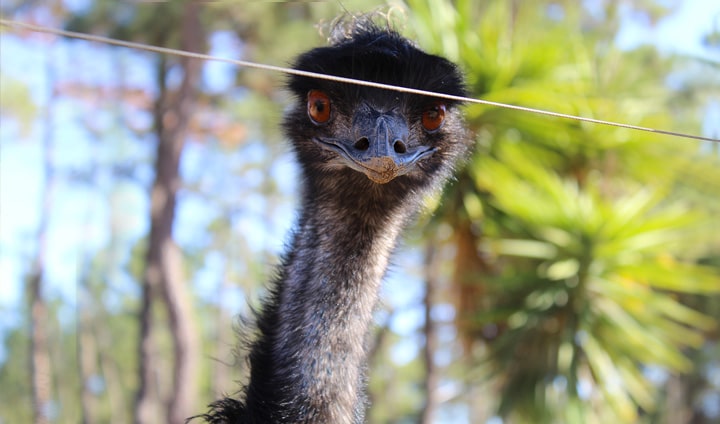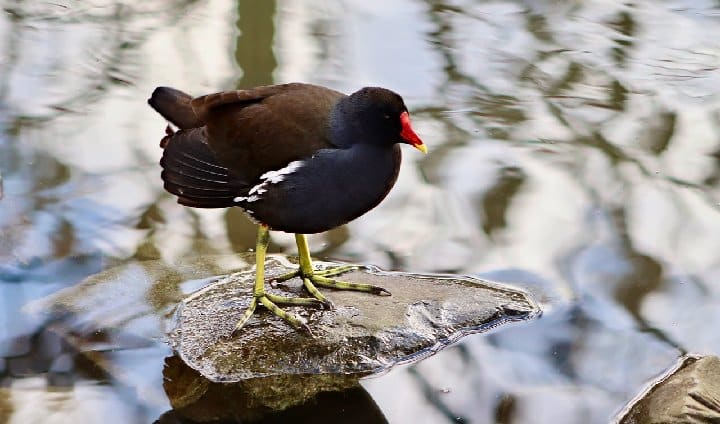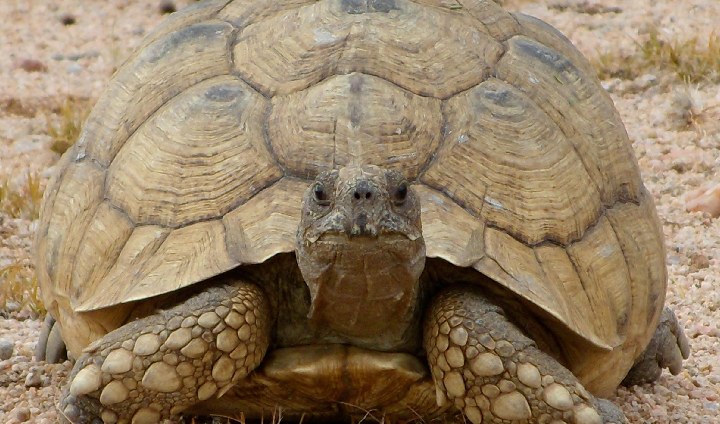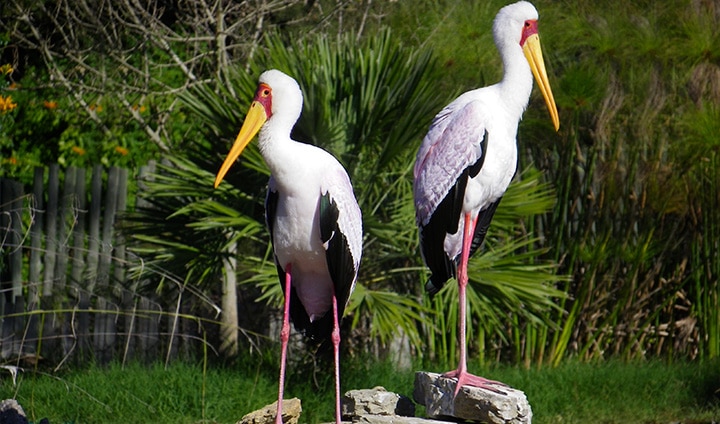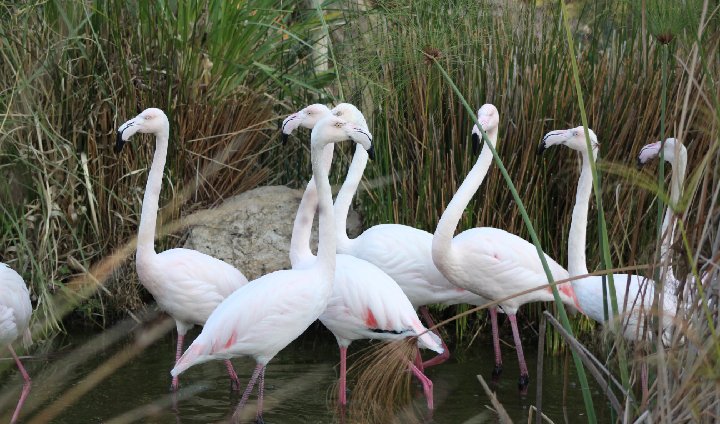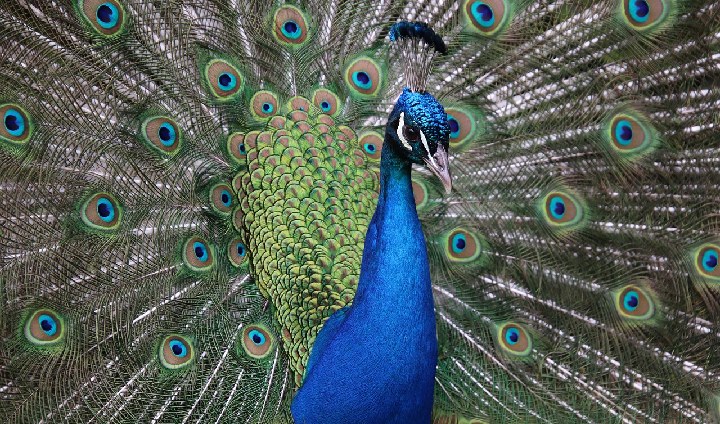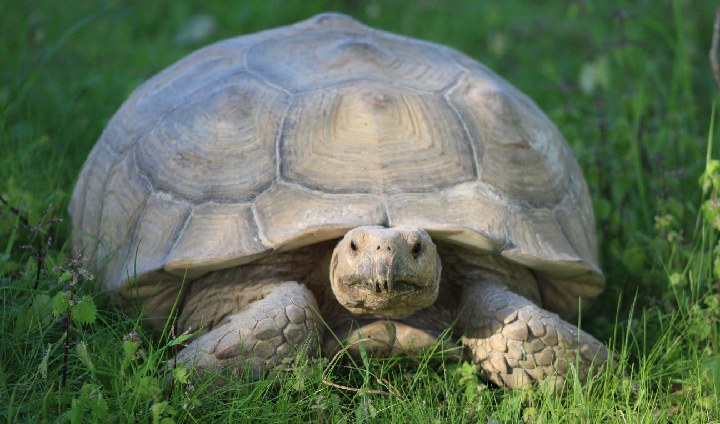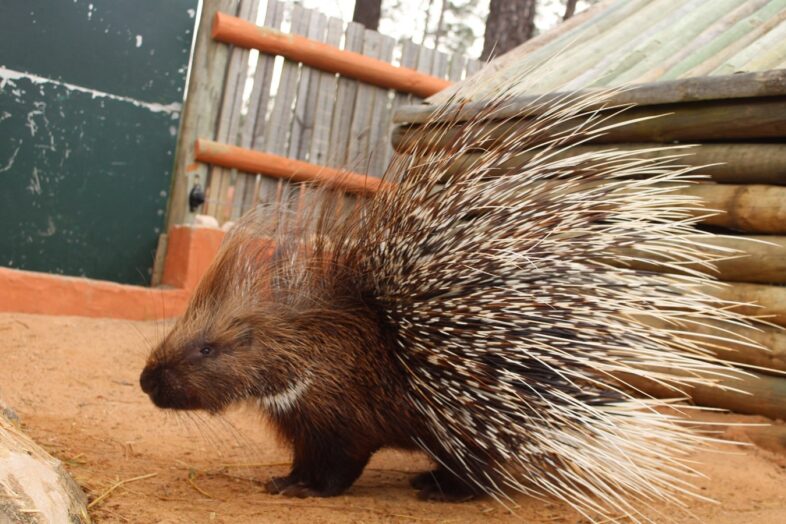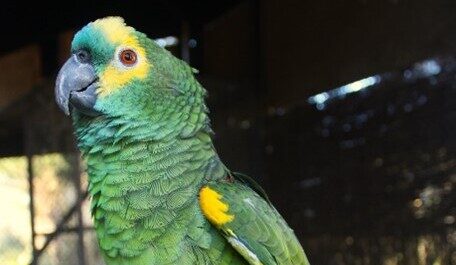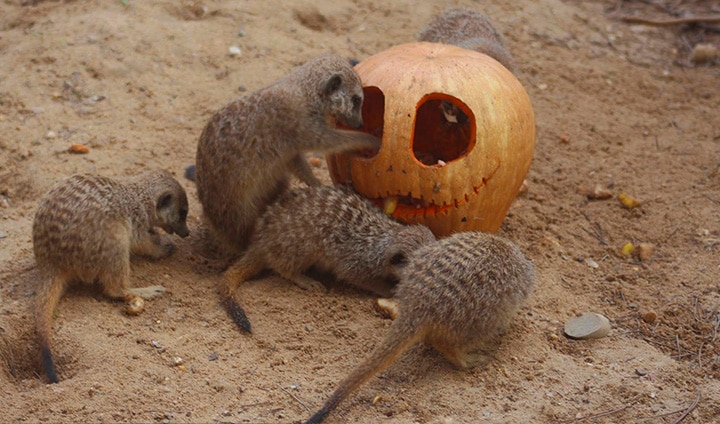Diet: Its main food consists of nectar and fruits. They can also eat some greens and seeds.
Reproduction: Like most Australian birds, lorikeets incubate their eggs in tree holes. A hollow trunk or a eucalyptus branch are generally chosen. Two white eggs are laid in the nest and incubated for around 30 days. Rainbow lorikeet chicks are fed a liquid diet of nectar and pollen, which is previously digested and regurgitated by both parents.
Distribution and Habitat: Lorikeets can be found in northern and eastern Australia, including islands. Originally, they were confined to wooded forest areas, but have spread more widely due to human intervention. Currently found in urban and suburban areas.
Behavior: Like other species of loris, rainbow lorikeets are highly dependent on eucalyptus, which provides them with nectar, flowers, pollen and seeds. The tongue ends in the shape of a hairy brush, which allows the birds to collect liquid nectar from inside the flowers. They spend most of their time in flocks and are very sociable birds.
Conservation Status: Least Concern
Scientific name: Trichoglossus haematodus
Class: Aves
Order: Psittaciformes
Family: Psittacidae
Dimensions: 30 cm long
Weight: 120 – 130 g
Longevity: In the wild up to 20 years and in captivity up to 30 years


